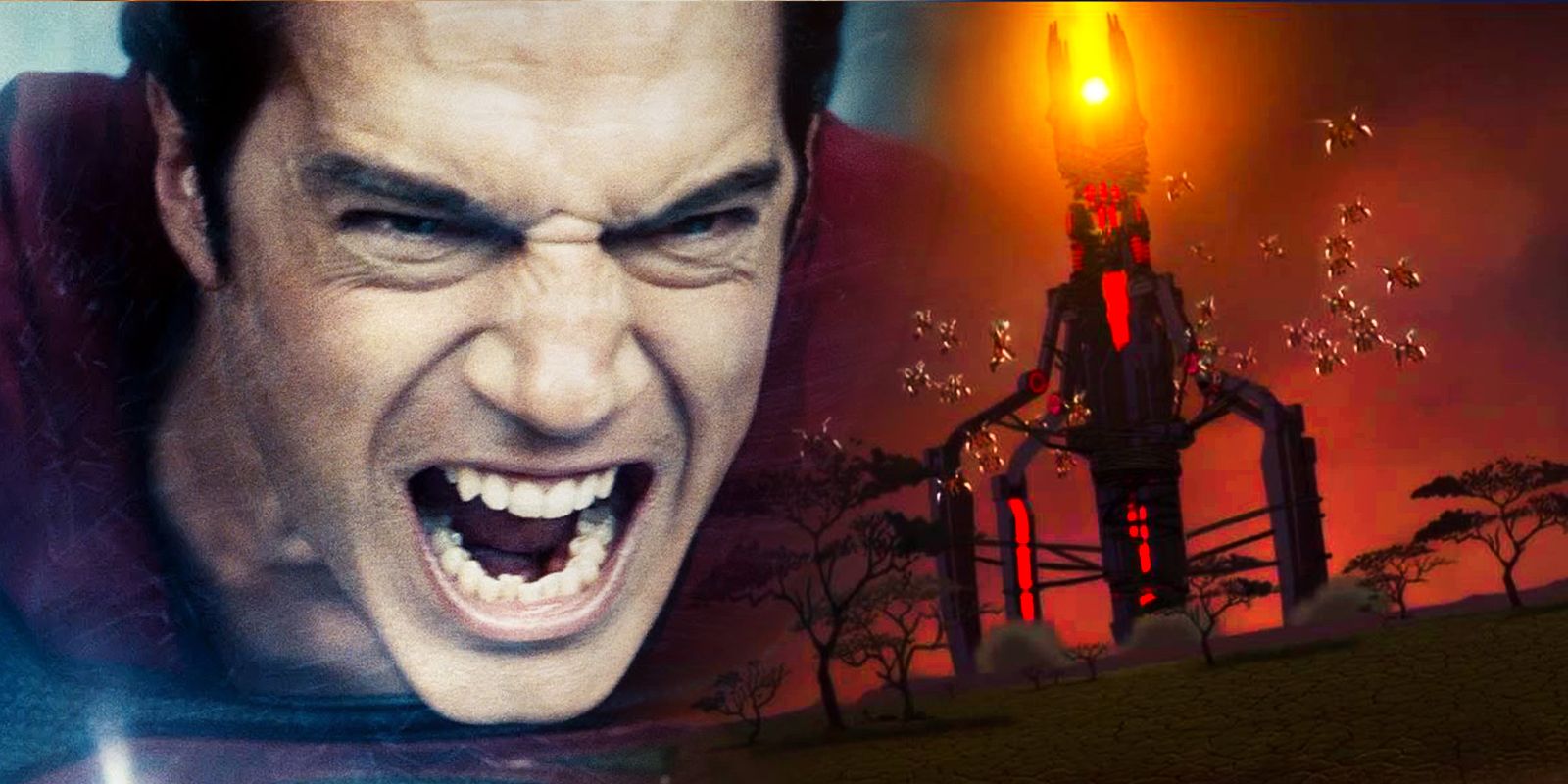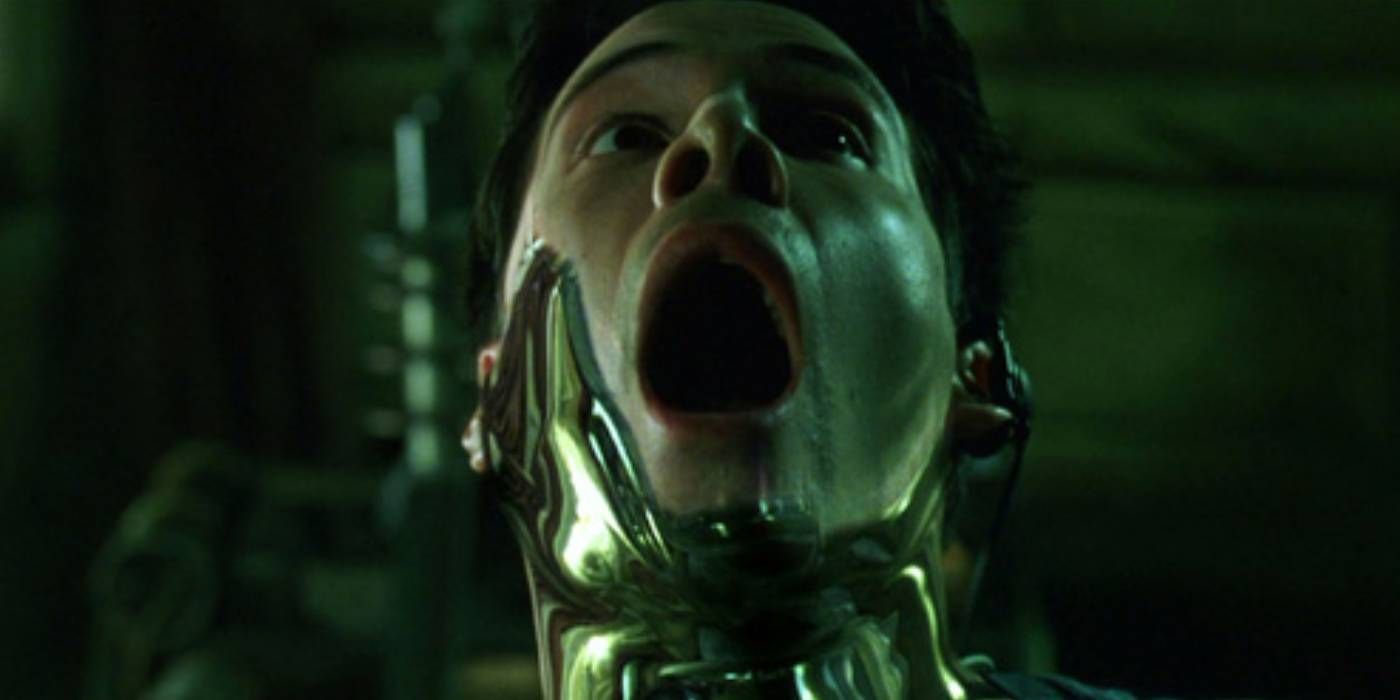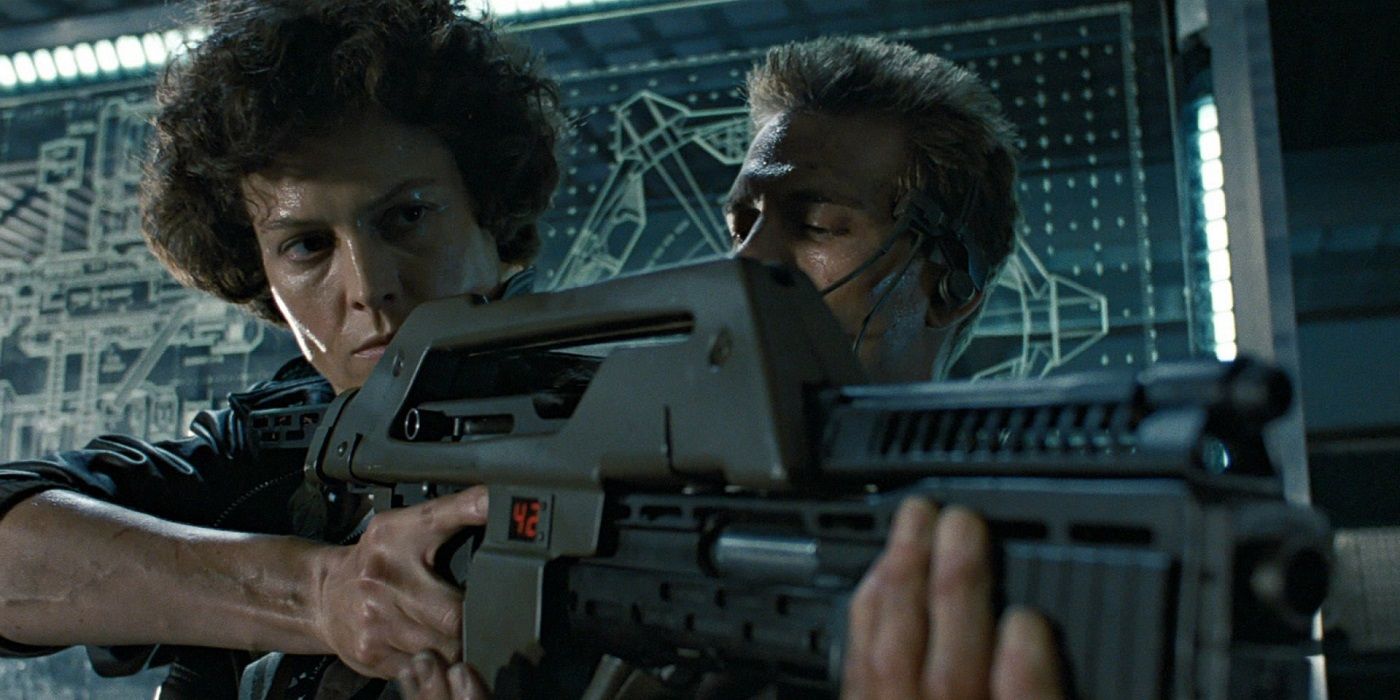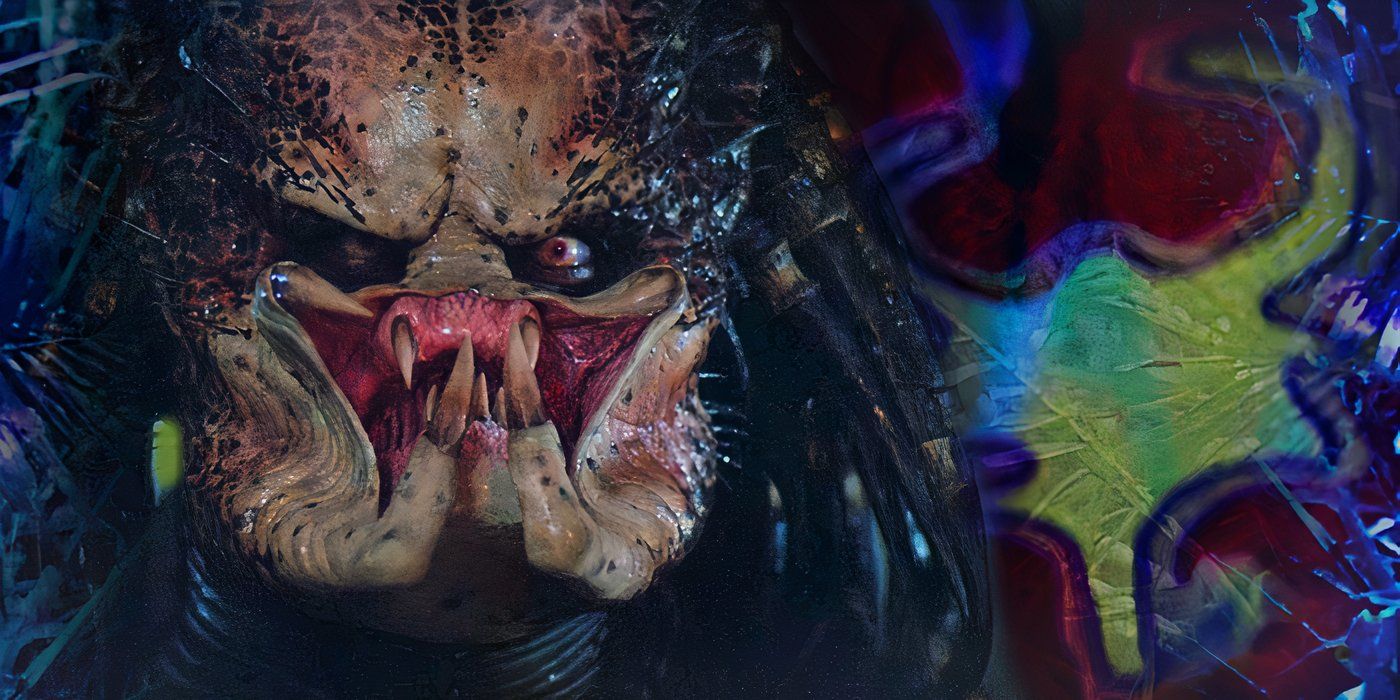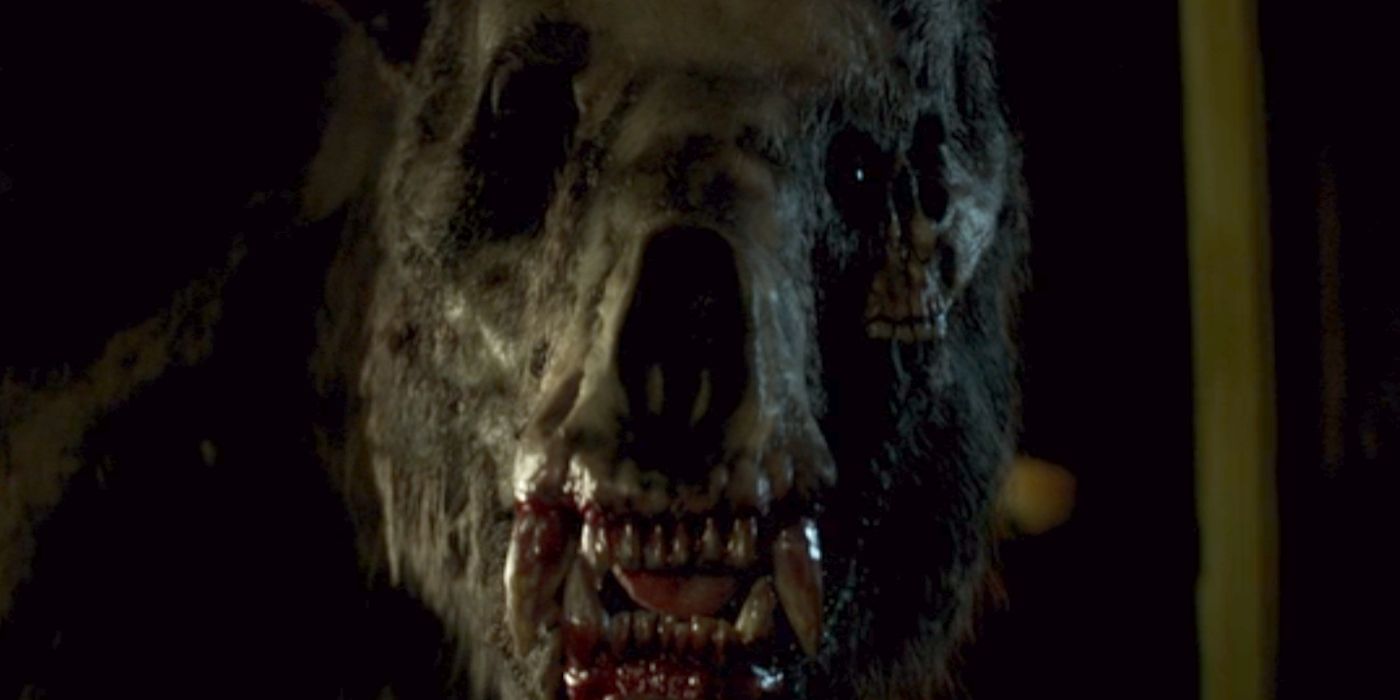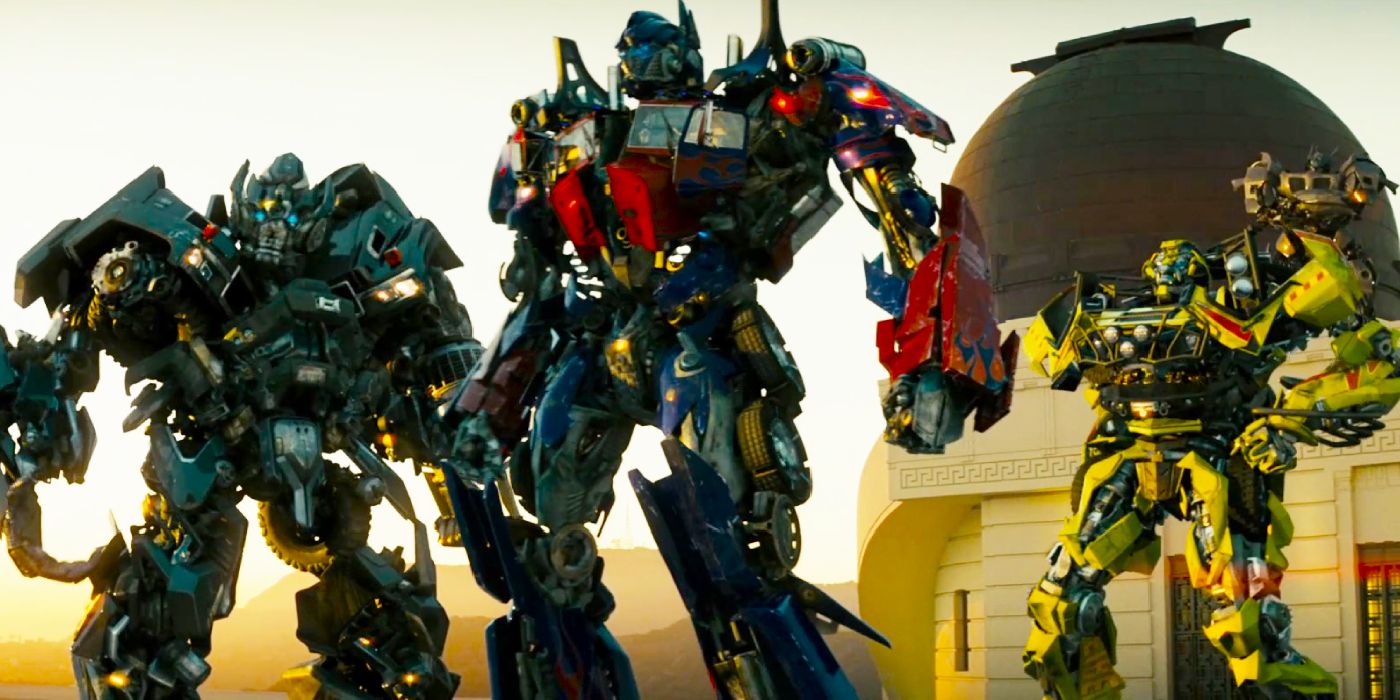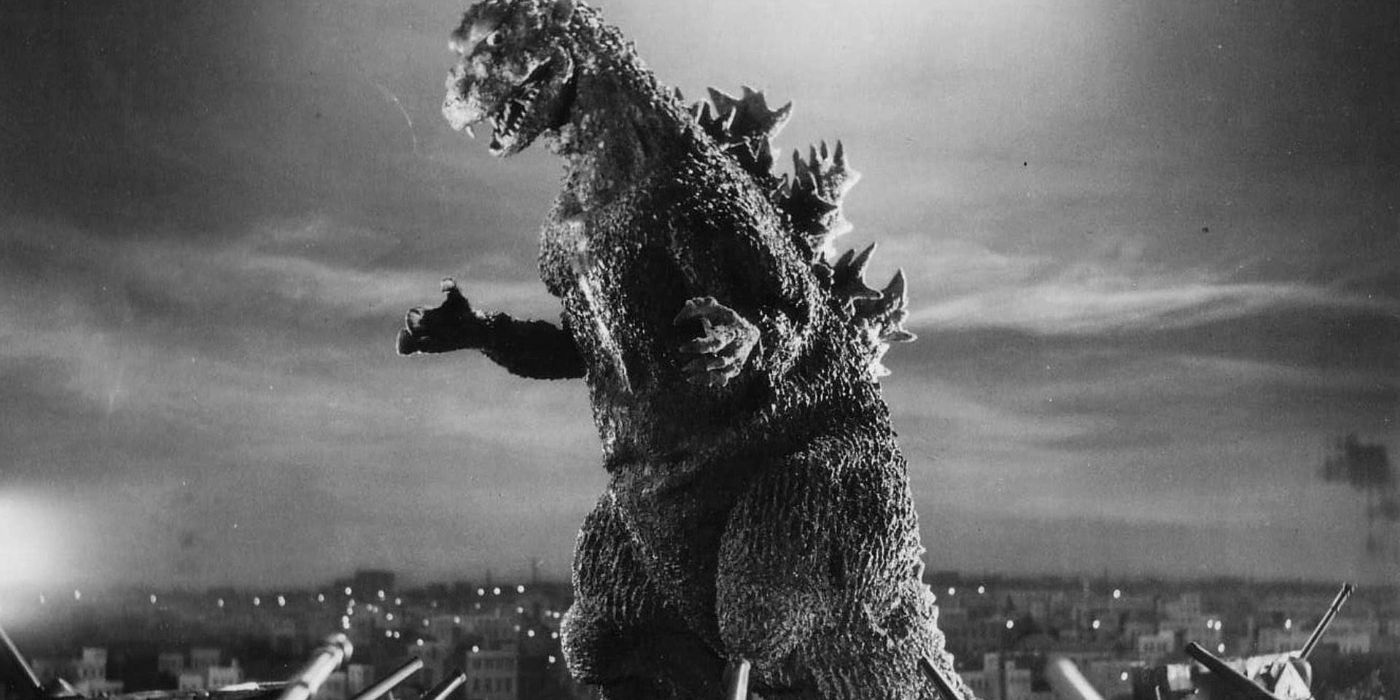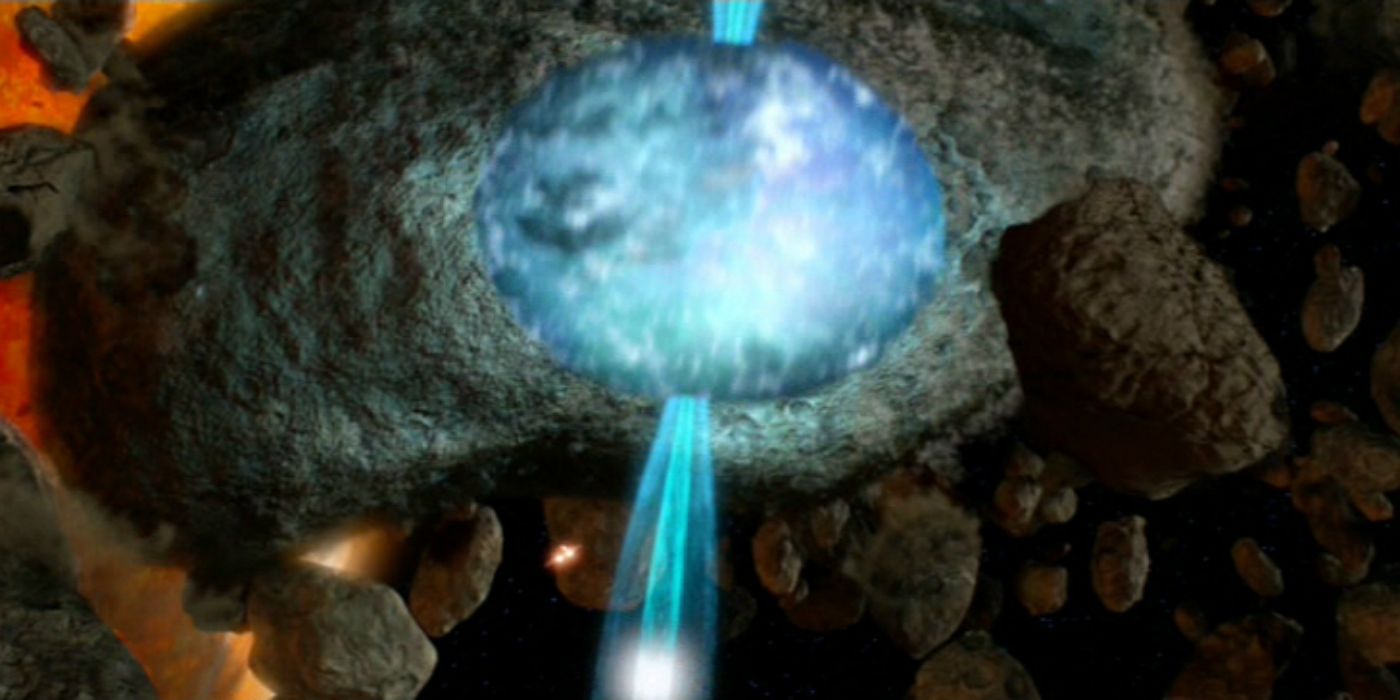Sound design is often an underrated aspect of production design, particularly when it comes to science fiction movies. All of the best sci-fi movies stimulate their audience beyond simple visuals, with philosophically charged dialogue and thrilling original scores all contributing to a memorable film in the genre. While dialogue and music are all great, sometimes even simple sound effects can be the most effective at worldbuilding, with the most iconic of them echoing in the minds of fans for years to come.
There are a lot of different opportunities for foley work in science fiction movies that can inspire audiences. From far-out futuristic technology to the haunting cries of famous cinematic alien monsters, sci-fi creators have a lot to come up with when it comes ot the audio design of their films. Through creative combinations of synthetic sounds and real-life recordings, dedicated foley artists have created outstanding sound bites for films that have stood the test of time in pop culture.
10 The Five Tones
Close Encounters of the Third Kind
Similarly to his other major alien movie, E.T. the Extra-Terrestrial, Stephen Spielberg is quite fond of looking at aliens as a relatively benevolent force (barring his War of the Worlds remake). Close Encounters of the Third Kind continues this thinking with an ultimately friendly form of extra-terrestrial life that periodically visits Earth to take willing participants to the far-off corners of space in massive motherships. Accompanying the arrival of these ships is a pattern of mysterious phenomena, including the chilling “five tones” chime.
The humans establish friendly contact with the aliens of Close Encounters of the Third Kind by discovering the foundations of their sort of “musical language”, as deciphered by the starting five tones: D, E, C, another C one octave lower, and finally G. Both the human-made devices and the ethereally beautiful glowing spaceships passing these tones back forth between one another makes for a breathtaking soundscape. The tones are beautifully interpreted into John Williams’ score, simply titled The Five Tones, laying the foundation for friendly intergalactic relations.
9 The World Engines
Man of Steel
As far as alien technology goes, it’s hard to find a sound more emotionally opposite than the Five Tones than the sound of Man of Steel‘s World Engines. The first film that began the short-lived DCEU, Man of Steel posits a fresh-faced Superman as the only thing that stands between humanity and the world-conquering aims of the tyrannical Kyrptonian General Zod. To accomplish his goal of terraforming Earth into the new Krypton, Zod employs the World Engines, massive devices that pummel the planet with a devastating beam of energy that directs gravitational fluctuations on a disastrous scale.
The World Engines operate on a horrific scale of building anticipation and release, with a pulpy, bassy sound that signals the next onslaught of increased gravitational power. Behind the helm of these doomsday machine’s sound profile is none other than musical genius Hans Zimmer, who orchestrates an awe-inspiring symphony of destruction with them. Man of Steel wouldn’t be nearly as memorable without the World Engines and their accompanying sounds as the climactic final action set piece.
8 Neo Wakes Up From The Matrix
The Matrix
One of the most profound and influential science fiction films ever, The Matrix is well-regarded for its striking visuals and unique worldbuilding just as much as its philosophical narrative. The concept of a digital world gave the Wachowski sisters lots of room to play with startling soundscapes, both from the insidious machinery of the real world and the blurry disconnection of consciousness that comes with entry into the Matrix. One of the most memorable auditory beats in the film occurs when Mr. Anderson wakes up from the Matrix for the first time.
Facilitated by a horrific metal slime that slowly envelops his body, the camera dives into Mr. Anderson’s throat as he screams, his wails slowly digitizing into a chiptune wail. This slow descent into reverse digitalization is a brief, but incredibly memorable sequence that ominously guards the incomprehensible terror of waking up in a pod bath plugged into the Matrix. It’s a shame future films in the franchise didn’t recreate this iconic glitchy scream when unplugging new humans.
7 The M41A Pulse Rifles
Aliens
While Alien was still a relatively generic science fiction spaceship setting despite its many advances in set and creature design, Aliens gave a wider glimpse into Ridley Scott’s original vision of the future with the introduction of the colonial marines. Carried with them is one of the most iconic film firearms of all time, the M41A Pulse Rifles, hefty assault weapons capable of firing futuristic bullets and underbarrel grenades alike. Firing in short bursts, the weapons have left a huge impact with their iconic sound signature.
With a brilliant flare of muzzle flash, the M41A discharges a distinct bark of a gunshot, somehow sounding like a real-life gun mixed with a sort of digital texture that gives it a futuristic feeling. Still remaining kinetic and punchy, the sounds of the Pulse Rifles get to play with the various claustrophobic environments of Aliens as the sound bounces off the tight corridors of the colony. Recently, Alien Romulus brought back this iconic SFX to great effect, reminding audiences why the series is so revered.
6 The Sardaukar Chant
Dune
Denis Villeneuve’s Dune and Dune Part 2 have quickly embedded themselves into pop culture, standing along prestige science fiction giants thanks to its incredible worldbuilding, visuals, and auditory delights. Between Ornithopters and sand-punching thumpers, there’s a lot of brilliant audio design to be found within the futuristic technology of Frank Herbert’s iconic fictional universe. However, the most striking sound from both movies isn’t actually a piece of technology in and of itself, but a bizarre human language distorted by heavy filters.
When the deadly Sardaukar soldiers are commissioned to stand against House Atreides and the Fremen, they ritualistically prepare themselves for battle on a dreary, rainy world, led in chant by a mysterious figure atop a pulpit. This almost religious figure chants a steady drone of throat singing in the unique Sardaukar language, not actually an established conlang, like Klingon or High Valyrian, but simple English modified heavily by the SFX team. This hypnotizing, gurgling singing was so mesmerizing to hear the first time around that Villeneuve brought it back for the title card of Dune Part 2.
5 The Predator’s Clicks
Predator
The sister franchise to the Alien series, it’s fitting that the Predator movies have also contributed to science fiction with a chilling, instantly recognizable sound all their own. Rather than being a piece of futuristic technology, the sound team for the original Predator put all of their effort into the sounds the Yautja alien hunter himself makes. While his chilling laugh towards the end of the film is a standout beat, the Predator’s iconic low clicking sounds have been positively inspirational to similar sci-fi franchises.
Though he spends most of his time invisible, The Predator often makes his presence known by letting out a low series of clicking noises that must serve as some kind of rudimentary language. After seeing the beast’s many moving mouth-parts, the sound seems all the more fitting, striking a sort of primal human fear of a larger predator thanks to its eerie low tones. As they became recognizable, these brief clicks and chirps soon became recognized as an ominous portent of gruesome death.
4 The Bear Creature’s Roar
Annihilation
Not every science fiction movie responsible for a standout sound effect is part of a larger franchise. 2018’s Annihilation is a fantastic self-contained science fiction horror blend that centers on a scientist who leads an expedition into a mysterious energy bubble called The Shimmer, which overtakes the organic inhabitants within it, rapidly mutating them into something new. One of the most terrifying of these creatures is a ravenous mutant bear, which screams a blood-curdling wail while on a rampage tearing through the expedition’s team.
After ripping Cass to shreds, the bear seems to somehow absorb her consciousness into its body, changing in appearance and roaring in a distorted voice that mimics Cass screaming “Help me!“. Beyond how immediately terrifying this is, the sound of Cass’ voice superimposed over the bear’s normal roars is oddly satisfying to listen to, making for a spine-chilling sound. Annihilation is a clever film in many ways, and this horrifying piece of sound design is just the tip of the iceberg.
3 Transformers Transforming
Transformers
As far as big-budget science fiction movies go, the Transformers films are relatively infamous for their quality, only regaining critical appeal recently after Michael Bay’s controversial direction and ideas had long exited the franchise. That being said, they were always impressive as far as the special effects department went, and that certainly extended to the phenomenal sound design. In particular, the classic Transformation sound from the original cartoon was retained in life-action with a heavier twist.
The transformation sounds in the first film are always immensely satisfying, whether they’re part of an extended jaw-dropping sequence that intricately details every moving part of a Transformer’s physiology with each careful ping or a quick lapse between forms in the middle of combat. The film did a good job balancing the recognition of the original stock sound with more realistic clanging and clicking that helps sell the weight of the Cybertronians. In Transformers: Rise of the Beasts, each individual Transformer is even given their own special timbre, emphasizing their personality.
2 Godzilla’s Roar
Godzilla
By far one of the most iconic science fiction noises ever created, Godzilla’s roar needs little introduction. Ever since the original Godzilla, the franchise has always taken special care to replicate the exact same roar for the King of the Monsters, with most incarnations of the character adhering to the classic sound. As the story goes, the original roar of Godzilla was created by slowly rubbing a rubber glove on the strings of a double-bass, creating the iconic two-stage battle cry.
Godzilla’s roar starts higher pitched, sounding like most might imagine an ancient dinosaur’s roar might be like, only to then dip low, emphasizing a deep sound almost more reminiscent of a whale’s call. This contrast provides Godzilla with plenty of flavor, describing at once his status as an apex predator, his loneliness as the only one of this species, and the simple tragedy of his very existence. It’s hard to do better than Godzilla’s roar when it comes to science fiction foley work.
1 The Seismic Charges
Star Wars: Episode II – Attack of the Clones
In truth, the Star Wars movies feature so many iconic, unique science-fiction sounds that they deserve a list all to their own. From the gentle hum of lightsabers to the throaty roars of Chewbacca to the adrenaline-fueled screams of the TIE Fighters, Star Wars as a franchise is certainly not hurting for unique fantasy sounds that add complex layers to its intriguing world. Surprisingly, one of their best pieces of SFX comes not from the original trilogy, but one of the relatively disregarded prequels, Star Wars: Episode II – Attack of the Clones.
During a dogfight with Obi-Wan, Jango Fett uses the Slave I to unleash seismic charges, bombs that detonate in a ring-shaped explosion of energy that briefly cut out all sound before relaxing into a satisfying crash. These unique spacefaring weapons play with the conventions of standard blaster fire, making a huge impact with each ear-pleasing, echoing detonation they set off. Expanding beyond the movies, these bombs were brought back for The Mandalorian, much to the satisfaction of die-hard sci-fi fans.



